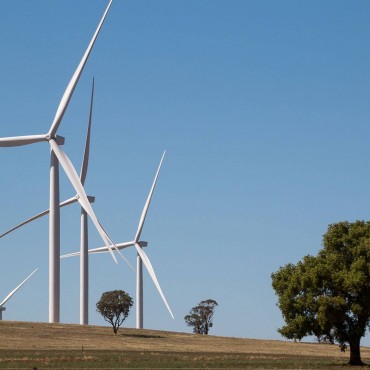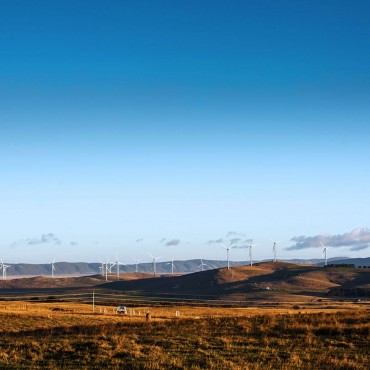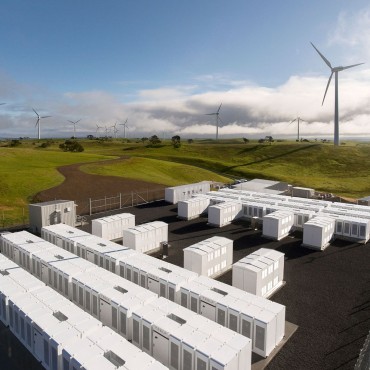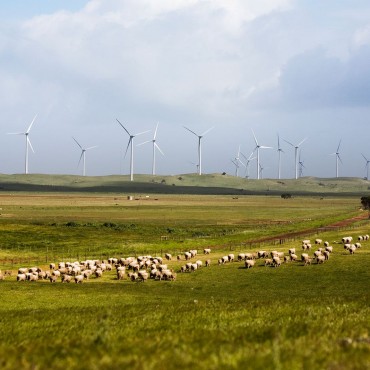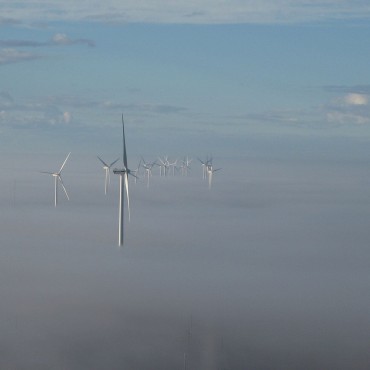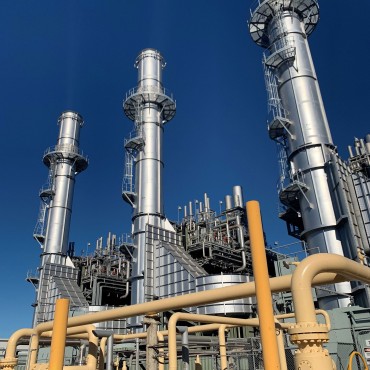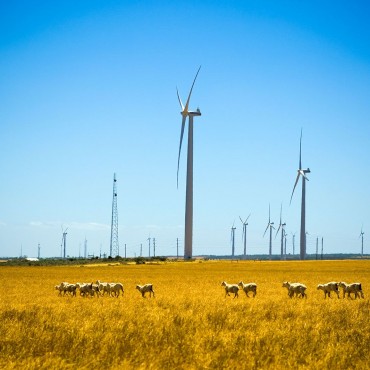Knowledge Centre
We are passionate about energy markets, decarbonisation and sustainability.
Our Knowledge Centre provides live energy market data, educational resources and information about our positions on key energy market issues.
Our Tools
Our Role in Energy Markets
Iberdrola Australia is a generator and retailer of electricity in Australia. Within this market, our strategy is to provide Australian businesses with firm supplies of competitively priced clean energy.
We achieve this by combining our portfolio of Owned and Contracted Renewable Energy Assets with our three fast start firming assets, the Smithfield Open Cycle Gas Turbine (OCGT), the South Australia Battery and, starting mid 2020, the South Australia Gas Turbines. These fast start assets allow us to manage the intermittency risks related to our renewable energy production.
Our strategic focus is the National Electricity Market (“NEM”), an electricity market which includes New South Wales, Victoria, South Australia, Tasmania, Queensland and the Australian Capital Territory. The NEM was formed in 1998 and, with over 40,000km of transmission lines, is one of the largest electricity grids in the world. The network serves approximately 8.9 million residential customers and 1.1 million business customers. Total grid load is approximately 200TWh per year, served from approximately 55GW of installed generation.
Iberdrola Australia is an active participant in the spot and forward markets.
Our 24/7 Operation and Control Centre (OCC) manages the offers of our assets into the spot electricity market.
Our Energy Markets business manages customer contracting and energy portfolio risk, via a combination of risk modelling, insurance products and derivative products.
The risks and opportunities are overseen by the Board and the Audit Risk and Compliance Committee (a sub-committee of the Board) along with numerous management risk management procedures.
The National Electricity Market is a liberalised energy only market. Electricity prices are set via market auction, with 5 minute dispatch intervals, settled every 30 minutes. There is also an active forward market for wholesale contracts, with the most commonly referenced instrument being the “baseload swap” – an instrument that measures the price of a flat electricity load during a particular period (month, quarter or year). These forward markets have approximately three times the volume of the physical market, with liquidity focused in the first eighteen months of the forward curves.
Within the NEM, there is a distinction between physical and forward (i.e. financial) electricity markets.
Physically, all generators sell into the NEM, a gross pool spot market that is centrally cleared and operated by the Australian Energy Market Operator (AEMO).
The financial market comprising exchange-traded futures contracts and over‑the‑counter derivative contracts is, however, where the customer pricing is determined. Customers enter into contracts with retailers (such as Iberdrola Australia) to purchase electricity at set prices, in set volumes and at set times.
It is therefore possible for a retailer to not have any owned generation, just as it is also possible for a generator not to have any retail customers. Within this market, Iberdrola Australia has positioned itself as a renewables backed generator, selling firm supplies of clean energy directly to commercial and industrial customers
Our Regulatory Submissions
We believe that long term economic and environmental benefits to consumers should be at the forefront of all policy decisions.
We believe that generators, retailers and customers in the National Electricity Market all benefit from predictable regulation and policy.
Wherever possible, we publish our submissions to regulators, rule makers and policy makers, endeavouring to be open and transparent about our positions.
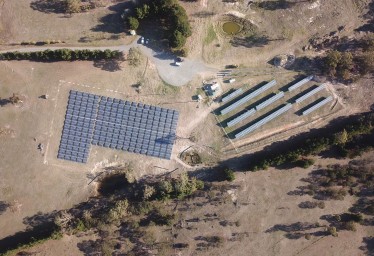
We strongly support the introduction of an incentive mechanism for narrow band frequency control. Furthermore, to inform our submission, we have undertaken detailed quantitative analysis of the proposed scheme at four second resolution to understand the potential impacts on participants and consumers.
PFR Incentive Arrangements - Nov 2021Iberdrola Australia considers that ensuring reliability is best managed through a suite of tools designed to complement efficient market signals through the NEM’s energy-only spot market.
Response to Market Design Consultation Paper
We suggest that reliability is assessed through established processes, including AEMO’s ESOO. The appropriate reliability standard should continue to be monitored and reviewed.
NSW Tranche Two Regulations - May 2021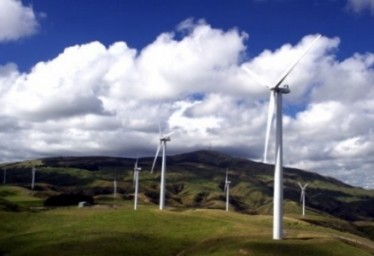
Competitive transmission can bring value to Australian energy customers by bringing both innovation and competitive pressure to network design and lifetime costs.
VicGrid Consultation - March 2021The semi scheduled generator category remains valuable, as Iberdrola Australia’s detailed analysis shows.
Semi Scheduled Generation Submission - July 2020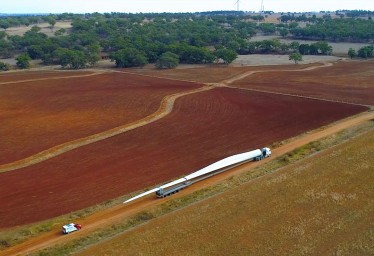
We highlight the risks associated with the major market design changes proposed under the “Coordination of Generation and Transmission Investment" reform.
COGATI Discussion Paper Submission - November 2019
We overview the importance of market mechanisms for the sustainable pricing and provision of frequency control services.
Primary Frequency Control Submission - October 2019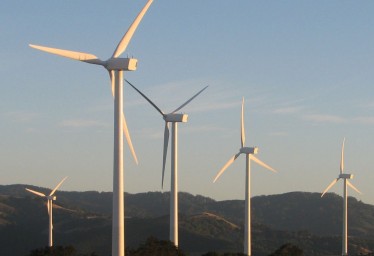
We submit that before one finds a' solution' for the NEM, one needs to identify 'the problem' with it. We submit that particular, but not structural, changes are required for long term sustainability of the NEM.
ESB Post-2025 Market Design Submission - September 2019
While we suggest that retailers themselves are best positioned to manage customer demand response needs, we also acknowledge the low implementation costs of this draft proposal.
Demand Response Mechanism Submission - September 2019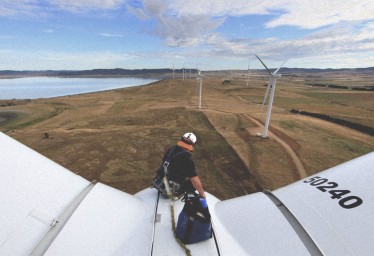
We submit that the benefits of the proposed COGATI reform are low and not sufficient to justify a prolonged period of uncertainty, disruption and policy discontinuity.
COGATI Directions Paper Submission - August 2019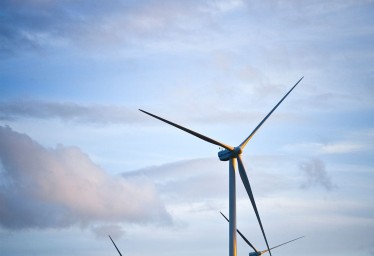
We argue that existing loss factor frameworks accurately capture the underlying physics and provide effective locational signals. We suggest that a long-term approach to loss factor determination is in the best interest of the system as a whole.
Transmission Loss Factors Submission - July 2019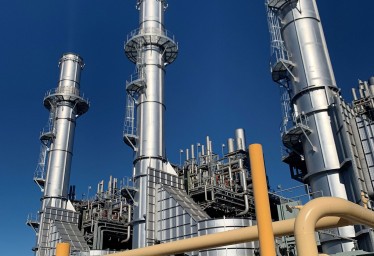
We acknowledge the strengths of the draft firmness guidelines while suggesting the benefits of a standard or default methodology.
Draft Interim Contracts and Firmness Guidelines Submission - June 2019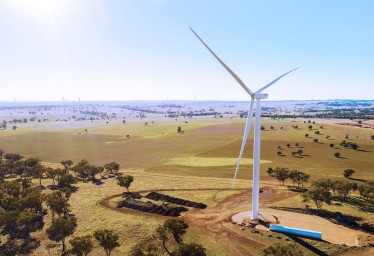
We argue that higher volume in short term forward markets will indeed benefit the system, but that the specifics of the market design are also important.
Short Term Forward Market Submission - May 2019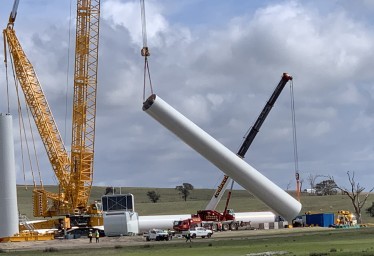
We suggest that given the magnitude of the proposed COGATI reforms, a more comprehensive analysis of costs and benefits be undertaken.
COGATI Submission - April 2019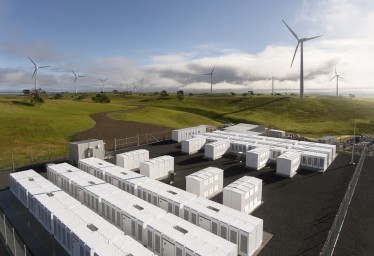
We provide our support for a balanced forecast of Australia's energy and emissions outlook.
AEMO Planning and Forecast Consultation - March 2019Recommended Reading
We are passionate about energy markets, decarbonisation and sustainability. For those who share our interest, we recommend the resources below.
AEMO Integrated System Plan
The Australian Energy Market Operator (AEMO) publishes an annual Integrated System Plan (ISP) descriping various scenarios for the transition of the National Electricity Market. They also publish extensive sets of their underlying data in downloadable excel files.
The latest information on the 2020 AEMO ISP can be found here.
CarbonBrief
CarbonBrief provides independent analysis of climate scenarios and energy policy.
Their interactive report 'The Impacts of Climate Change at 1.5C, 2C and Beyond' won the British Science Writers' Innovation of the Year award. The report is available here.
Bloomberg New Energy Finance
Bloomberg New Energy Finance (BNEF) publish an annual New Energy Outlook looking at clean energy trends across the world. Although the full report is only available to subscribers, the executive summary is publicly available here.
Renew Economy
Renew Economy provides clean energy news and analysis focused on the Australian market. They also publish EnergyInsiders podcasts providing detailed insights into particular clean energy issues.
State of the Energy Market Report
The Australian Energy Regulator (AER) publishes an annual review of the "State of the Energy Market". The reports explore the factors driving Australia's electricity and gas markets.
The reports can be accessed here.
Image Gallery
You must obtain Iberdrola Australia's prior written approval before you publish, reproduce or distribute the images in this gallery. If you'd like to do so, please contact media@iberdrola.com.au
